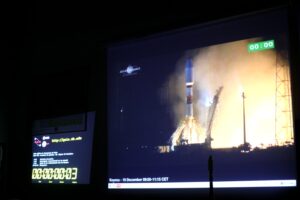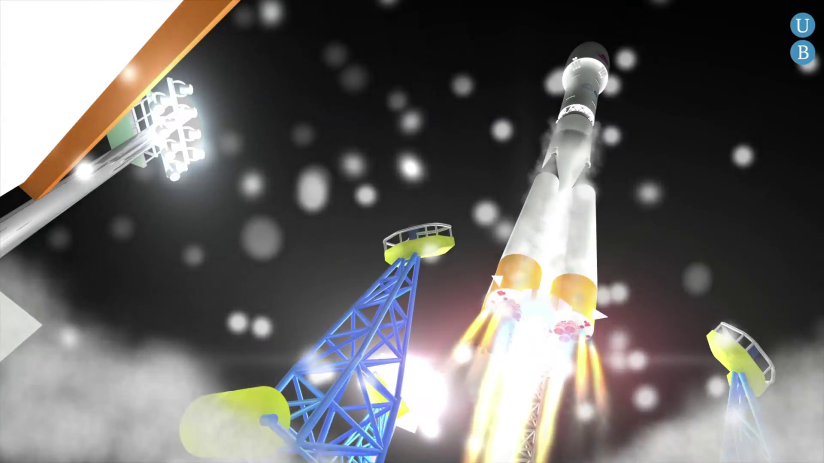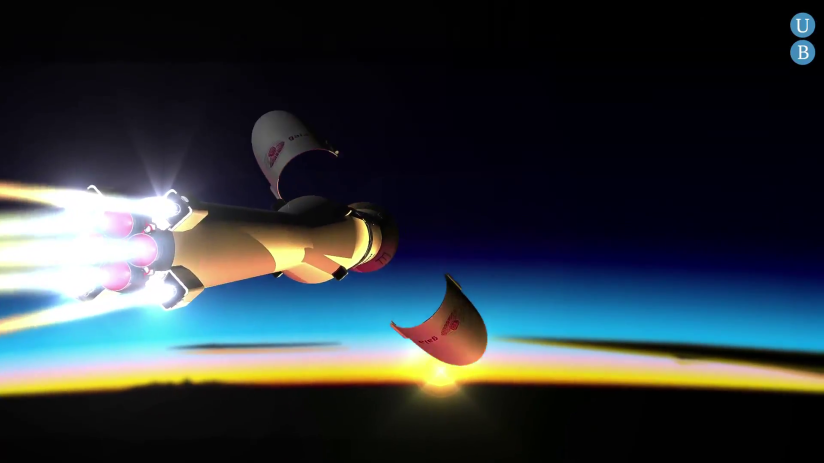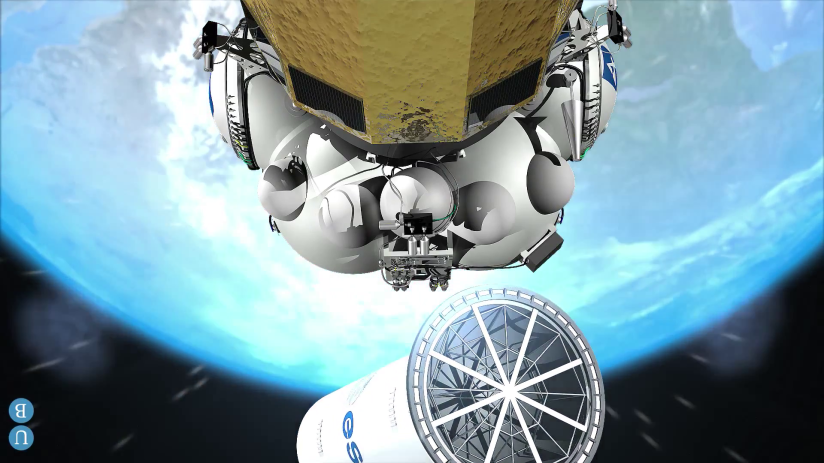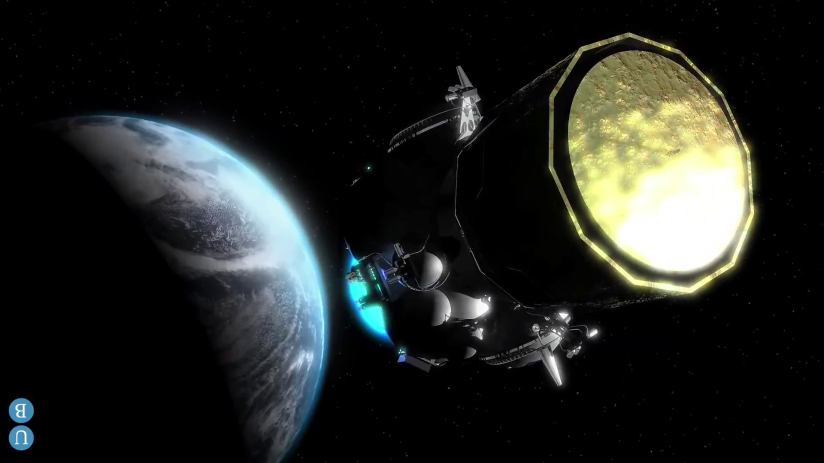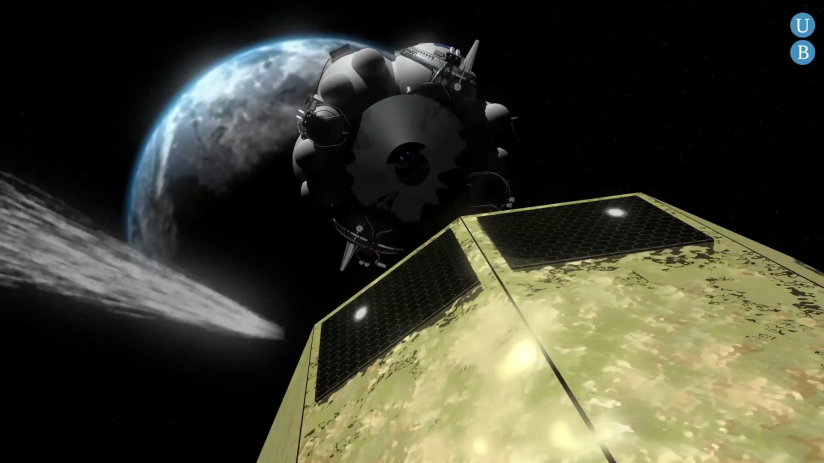Gaia launched!
Gaia launch was successful.
The event at room 105 went as planned
GaiaUB enjoyed it and celebrated the launch with cava
Here you can see the short video (thank to ESA) about the launch:
You can also see a more complete video at the ESA blog entry http://blogs.esa.int/gaia/2013/12/19/gaia-liftoff/
| Organization | European Space Agency |
|---|---|
| Major contractors | EADS Astrium, e2v Technologies |
| Launch date | 19 December 2013. 09:12:18 GMT (10:12:18am EST) |
| Launched from | Kourou, French Guiana |
| Launch vehicle | Soyuz ST-B |
| Mission length | 5+1 years |
| Mass | 2030 kg |
| Type of orbit | Lissajous orbit around Sun–Earth L2 |
| Wavelength | Optical |
| Diameter | ~11m after deployment of a roughly circular sunshade disc |
Details of the launch (from T, the launch time)
T – 0 sec: The engines of the first and second stages were ignited – the Soyuz-Fregat with Gaia as payload lifts off from the launch pad of the ESA/Arianespace spaceport near Kourou, French Guiana. The lift off has to occur during the predetermined second. If there is any delay during the countdown then the launch has to be postponed for at least 24 hours.
T + 118 sec: The four boosters of the first stage are jettisoned after all their fuel is depleted. The engine of the central second stage continues to burn.
T + 220 sec: The payload fairing is separated as the launcher has reached an altitude where the atmosphere is thin enough to allow the Gaia satellite to be exposed to space.
T + 288 sec: The second stage separates from the third stage after its burnout. Two seconds earlier the engine of the third stage was ignited. This early start with the core stage still accelerating the stack allows a better control of the movement of the fuel in the third stage during the ignition sequence of the third stage engine. The lattice between core stage and third stage in combination with a heat shield on top of the core stage allows the exhaust of the third stage engine to leave during this short phase.
T + 623 sec: The third stage has burned out and the Fregat upper stage – Gaia combination has separated from it. The Fregat upper stage is ignited for a short first burn of 136 sec to reach a parking orbit at 185 km altitude.
T + ~21 min: When the final destination, the Lagrange point L2, is in sight as well as the ground station in Perth, Australia, a second burn of the Fregat upper stage will occur with a duration of about 15 minutes.
T + 42 min: After the second burn of the Fregat upper stage has finished the Gaia spacecraft separates from the upper stage now on its way to the L2 orbit.
The video above was provided by ESA. The animations are taken from a video about the Gaia satellite which is property of our Gaia UB team. You can see here the entire video




